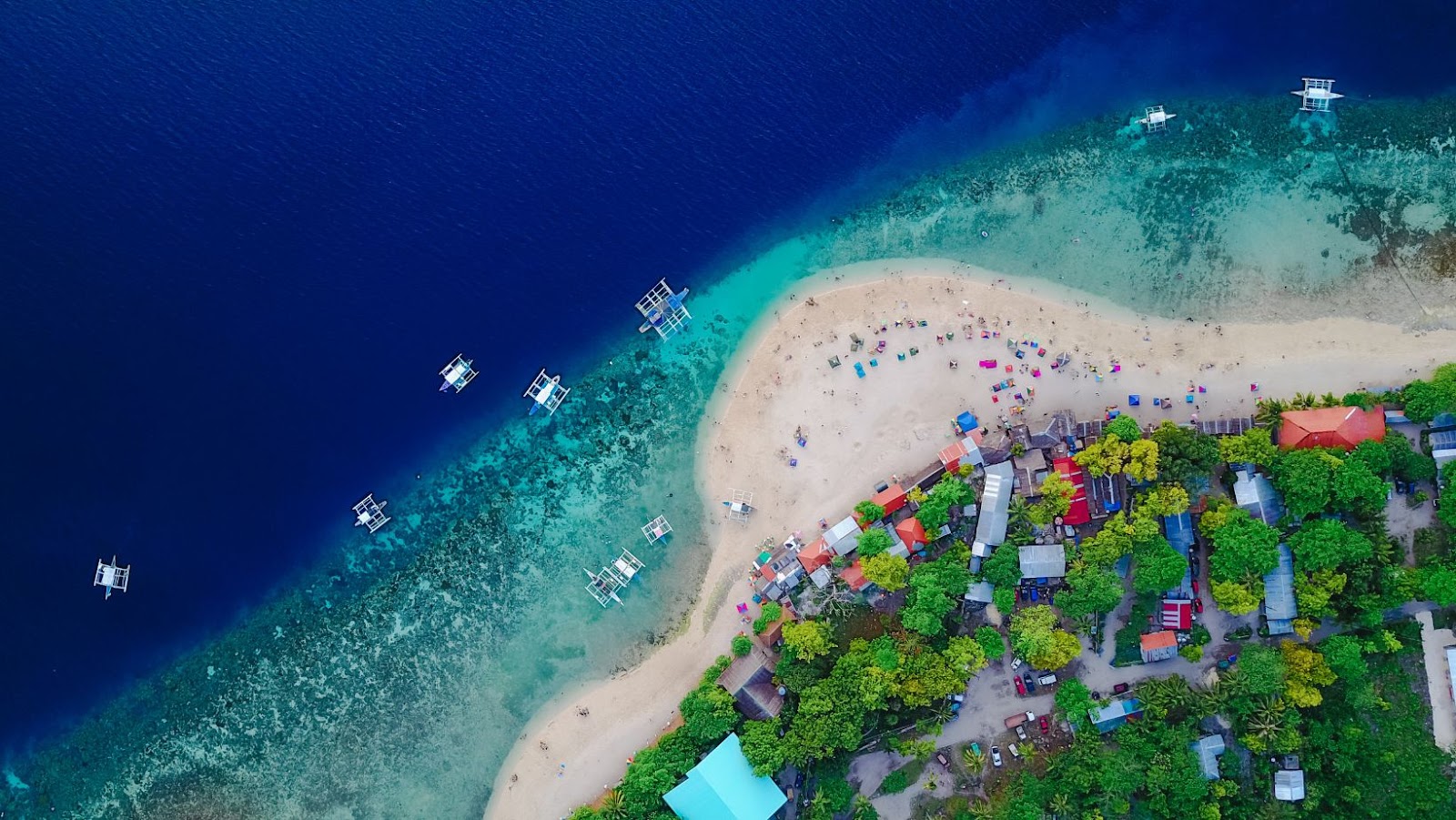 Coastal Benefits
Coastal Benefits
Diving deeper into the concept of coastal benefits can enlighten individuals about the multi-dimensional advantages of coastal areas. This section delves into the specifics of ‘coastal benefits’ and sheds light on the array of coastal resources.
Coastal benefits, as the term suggests, signify the various advantages and returns derived from coastal regions. These benefits span environmental, socio-economic, and cultural dimensions. They encompass tangible elements like seafood and mineral reserves, and intangible aspects like climate regulation, habitat provision for a myriad, diverse species (insinuating biodiversity) and opportunities for recreation. Coastal areas also serve as natural defense lines against coastal hazards such as storm surges, offering protection to inland ecosystems and human settlements.
Coastal resources embody the natural and man-made assets found within the coastal areas. They typically comprise of biological resources, comprising marine life such as fish, corals, and mangroves; physical resources, including beaches, estuaries, and wetlands; and economic resources like ports, fishing industries, and tourism-dependent businesses. These resources, owing to their unique positioning at the land-sea interface, harbor a rich and unique array of species, catalysts for economic development, and buffers for coastal resilience. Therefore, the prudent management of these resources is paramount, considering their vast and significant contribution to both local and global ecosystems.
 The Economic Value of Coastal Benefits
The Economic Value of Coastal Benefits
Coastal benefits not only contribute to ecological balance, but they also hold major economic value. These regions play an indispensable role in driving national economies and fostering tourism activities, leading to substantial economic benefits.
Coastal regions significantly contribute to the national economy. They serve as hubs for diverse economic activities, such as fishing, that provide livelihoods for thousands. Additionally, they pave the way for industrial development and commerce, as a large proportion of trade transits through sea routes. For instance, the U.S. shoreline regions alone contribute about $7.9 trillion to the nation’s economy.
Another crucial economic aspect of coastal regions lies in their natural resources. These resources, such as oil and gas reserves, prove pivotal in fueling the growth of nations. For example, the Gulf of Mexico is home to an abundant supply of oil, providing an economic boost to the United States.
Another prominent aspect of the economic value of coastal benefits pertains to tourism. Coastal tourism, characterized by activities like boating, wildlife viewing, and beach recreations, significantly bolsters economic growth. It attracts millions of tourists annually, generating vast revenue and creating countless job opportunities. For instance, coastal tourism in Florida contributes $67 billion to the state’s economy and supports more than one million jobs.
 Strategies to Maximize Coastal Benefits
Strategies to Maximize Coastal Benefits
Harnessing maximum benefits from coastal areas demands strategic approaches, primarily revolving around conservation, adaptation, and resilience.
Conservation presents itself as an effective strategy for sustainable benefits. It’s instrumental in ensuring the longevity of ecological services provided by coastal areas like climate regulation and biodiversity preservation. For example, conservation initiatives targeting mangroves and coral reefs can enhance carbon sequestration abilities and augment biodiversity support. Further, proactive measures for protecting coastal biodiversity not only aids scientific research but also bolsters ecosystem resilience.
Adaptation and resilience are critical in safeguarding coastal communities from environmental risks while assuring sustained benefits. Coastal communities often show great resilience, aided by their intimate knowledge of the coastal environment, crucial for their survival. For instance, accounting for climate change impacts, coastal communities can adopt sustainable fishing, aquaculture, or tourism activities, leading to economic resilience. These adaptive strategies not just address their livelihood needs but also promote cultural exchanges, fostering a sense of community among individuals. As for coastal areas adding to the cultural significance, adaptative measures could be exercising traditional practices leading to their preservation. In essence, adaptation and resilience create a pathway for maximizing coastal benefits while fortifying community endurance and cultural diversity. Coastal areas aren’t just beautiful landscapes; they’re lifelines for the planet and its inhabitants. They’re biodiversity hotspots and climate regulators, playing a pivotal role in preserving the ecological balance. They’re economic powerhouses, providing livelihoods and recreational opportunities for coastal communities. They’re cultural hubs, shaping identities and spiritual beliefs.